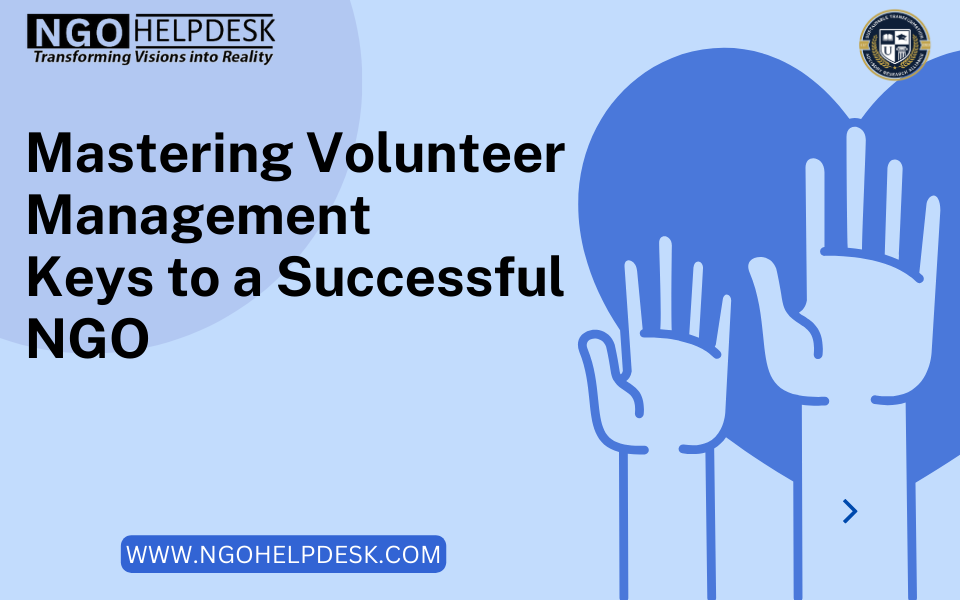
Introduction:
In the dynamic landscape of Non-Governmental Organizations (NGOs), collaboration is key to achieving greater impact and sustainability. Strategic partnerships with other NGOs, government agencies, businesses, and community organizations can unlock a world of opportunities. Let’s explore the benefits of forming these partnerships and discover practical tips for fostering collaboration that drives positive change.
The Benefits of Strategic Partnerships: Strategic partnerships offer a multitude of advantages for NGOs:
- Enhanced Resources: By joining forces with other organizations, NGOs can access a broader range of resources, including funding, expertise, networks, and infrastructure, amplifying their capacity to address complex social challenges.
- Expanded Reach: Partnerships enable NGOs to extend their reach and impact by tapping into the networks and audiences of their collaborators, reaching communities and stakeholders that may be beyond their individual reach.
- Shared Expertise: Collaborating with diverse partners brings together complementary skills, knowledge, and perspectives, fostering innovation, creativity, and problem-solving prowess.
- Increased Credibility: Partnering with reputable organizations enhances the credibility and legitimacy of NGOs, instilling trust among stakeholders, donors, and beneficiaries alike.
- Collective Influence: By uniting voices and resources, NGOs can advocate more effectively for policy change, systemic reform, and social justice initiatives, driving meaningful progress at local, national, and global levels.
Tips for Building Strategic Partnerships:
- Identify Common Goals: Look for partners who share similar values, goals, and visions, ensuring alignment and mutual understanding of the desired outcomes.
- Conduct Research: Explore potential partners’ backgrounds, expertise, and track record of collaboration to assess compatibility and identify shared interests.
- Foster Relationships: Cultivate open and transparent communication channels with potential partners, building trust, rapport, and a foundation for collaboration.
- Explore Synergies: Identify areas of synergy where partners’ strengths and resources complement each other, maximizing the collective impact of collaboration.
- Formalize Agreements: Establish clear roles, responsibilities, and expectations through formal partnership agreements or memoranda of understanding, outlining key deliverables, timelines, and resource commitments.
- Nurture Collaboration: Maintain regular communication and collaboration with partners, fostering a culture of teamwork, flexibility, and adaptability to navigate challenges and capitalize on opportunities.
Conclusion:
Strategic partnerships are a potent catalyst for driving positive change and advancing the mission of NGOs. By harnessing the collective power of collaboration, NGOs can leverage resources, expertise, and influence to address complex social issues and create lasting impact. Embrace the principles of partnership-building outlined above to forge meaningful alliances that propel your organization towards a brighter, more sustainable future.





